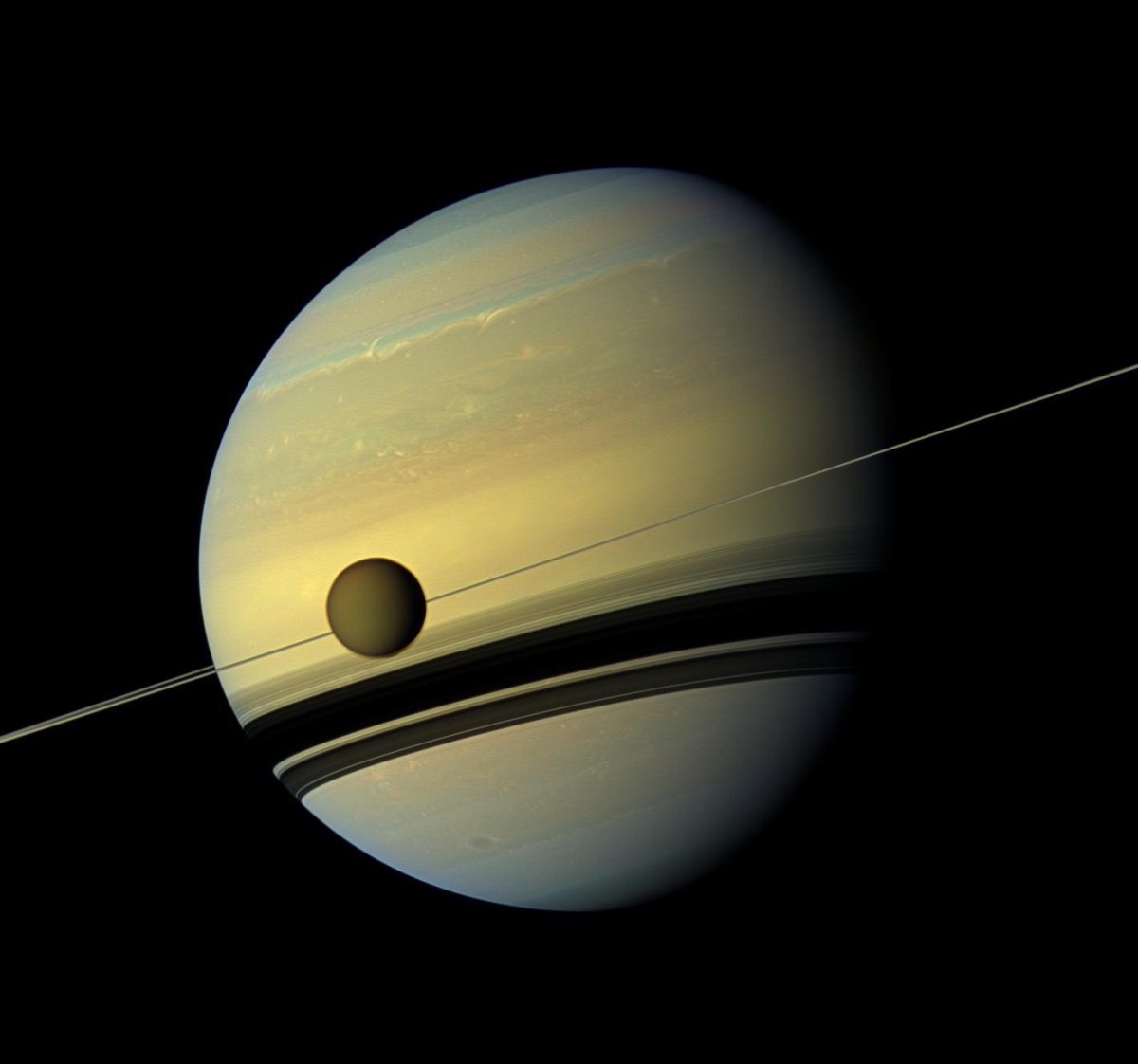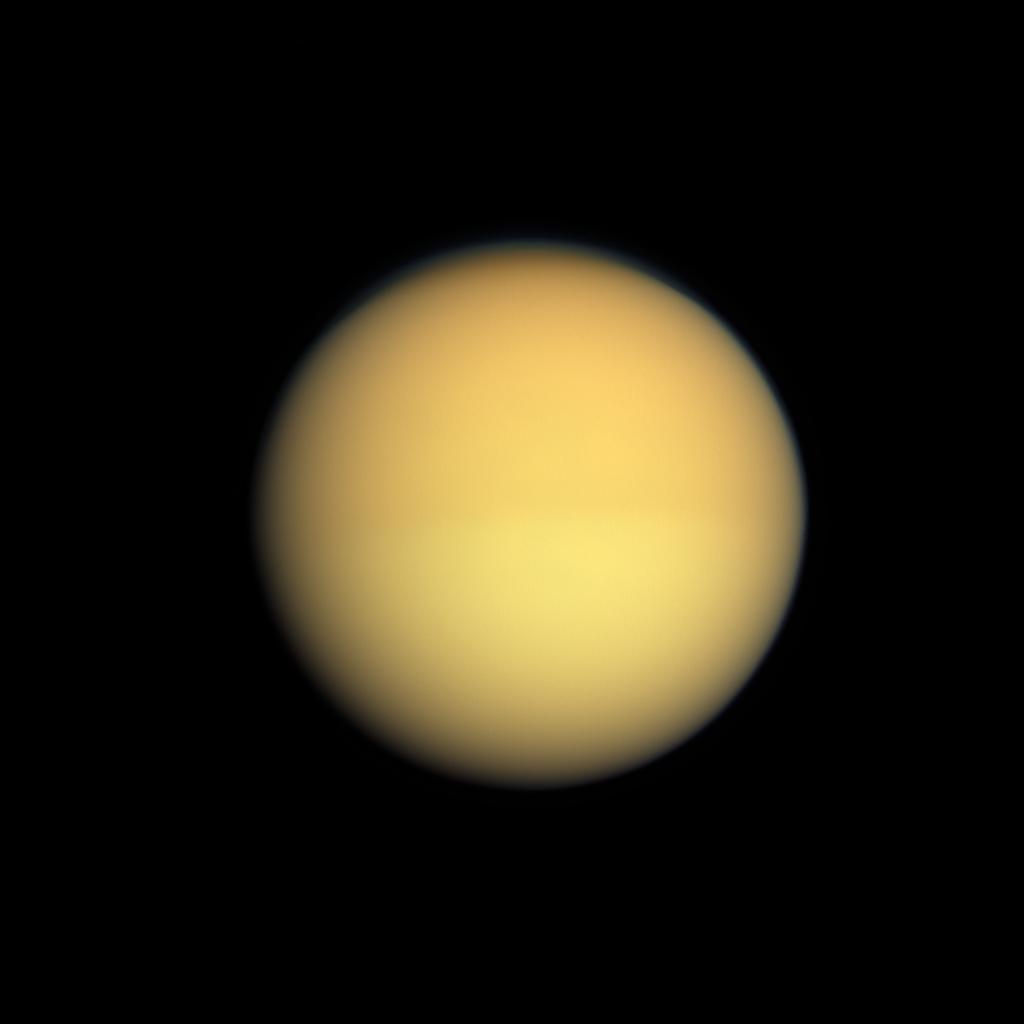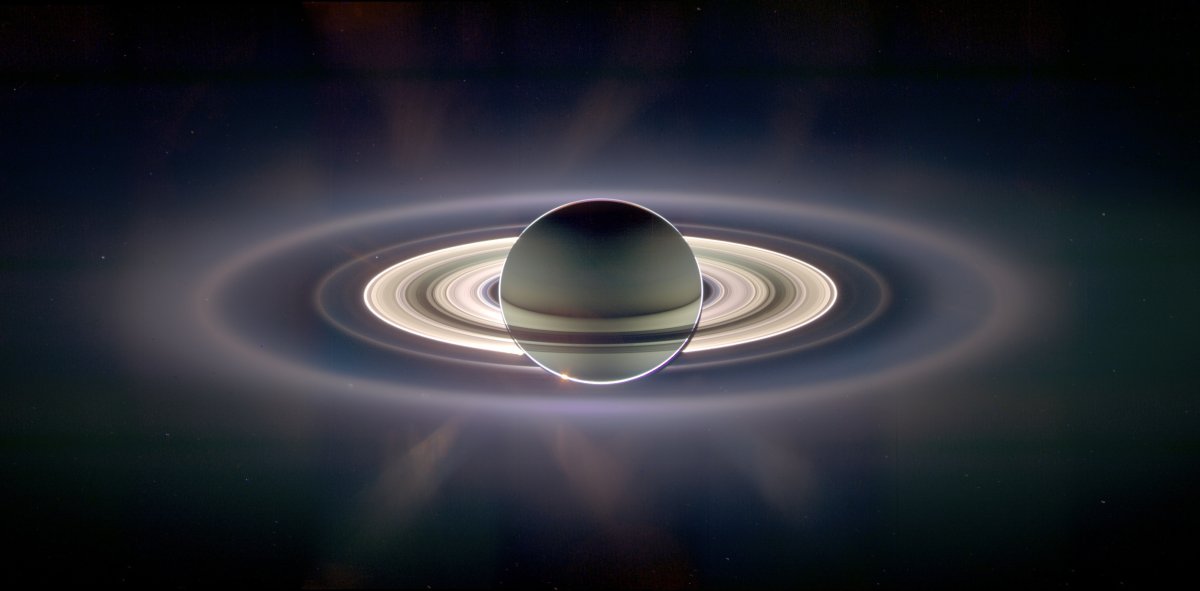When the Cassini-Huygens Mission blasted off from Cape Canaveral, Florida, on October 15, 1997, scientists had high hopes for its four-year mission. Cassini would provide unprecedented views of Saturn – our solar system’s crown jewel – and its complicated ring and moon system. Huygens would be the first probe to peer through cloud-shrouded Titan, Saturn’s largest moon.

It is now more than 15 years later and Cassini has done that and so much more. Its mission has been extended twice since it was inserted into orbit in June 2004: the Equinox Mission ran from 2008 to 2012; the current Solstice Mission runs until 2017.
During its lifetime, Cassini has provided stunning images and insights into a planet that has long fascinated humanity. Its views of its rings, its many moons (it has more than 60), storms and even a view of Earth has awed many. It has discovered that Titan has a complicated weather system, much like Earth’s, but that it is comprised of deadly hydrocarbons.
On Monday, NASA released stunning images and a video of the storm that rages on Saturn’s north pole. Cassini’s leader of imaging, Carolyn Porco said in an email about the new images and video, “One of the most gorgeous sights we have been privileged to see at Saturn, as the arrival of spring to the northern hemisphere has peeled away the darkness of winter, has been the enormous swirling vortex capping its north pole and ringed by Saturn’s famed hexagonal jet stream.”



















Comments